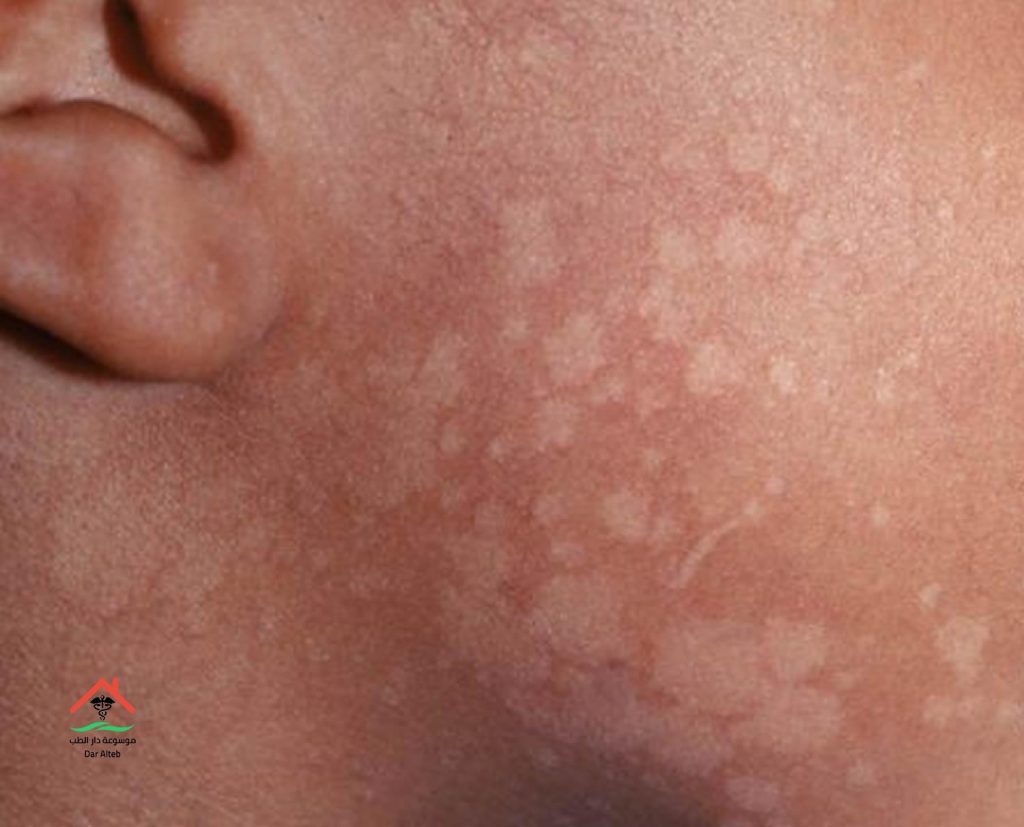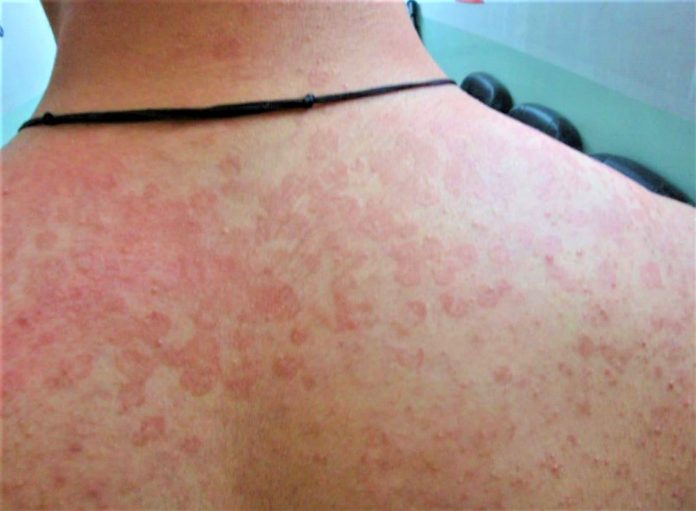Tinea versicolor natural treatment
Having a flawless and glowing complexion is something that everyone desires, regardless of their skin color. However, there are certain skin conditions that can affect individuals of all ethnicities, including those with darker skin tones. One such condition is tinea versicolor, which can cause discoloration and patches on the skin. 
Tinea Versicolor: A Common Skin Condition
Tinea versicolor, also known as pityriasis versicolor, is a fungal infection that affects the skin. It is characterized by small patches or spots that may appear lighter or darker than the surrounding skin. These patches can occur on various parts of the body, including the face, chest, back, and arms.

Natural Treatment Options: Coconut Oil and Aloe Vera
If you're looking for natural remedies to help manage tinea versicolor, you may want to consider using coconut oil and aloe vera. Both of these ingredients have been found to have antifungal properties and can potentially help in reducing the appearance of patches caused by tinea versicolor.
Coconut Oil
Coconut oil is a versatile natural ingredient that has gained popularity for its numerous skin benefits. When it comes to tinea versicolor, coconut oil's antifungal properties can contribute to inhibiting the growth of the fungus responsible for the condition. To use coconut oil, follow these steps:
- Start by washing and drying the affected area.
- Gently apply a thin layer of coconut oil to the patches.
- Massage the oil into the skin, ensuring it is evenly distributed.
- Leave the oil on for at least 30 minutes, or overnight if possible.
- Rinse off with lukewarm water and pat dry.
- Repeat this process twice daily until the patches improve.
Aloe Vera
Aloe vera is another natural ingredient that can potentially aid in the treatment of tinea versicolor. Its soothing and antimicrobial properties can help relieve itchiness and prevent further infections. Here's how you can use aloe vera for tinea versicolor:
- Extract fresh aloe vera gel from an aloe vera leaf.
- Cleanse the affected area and pat it dry.
- Apply a thin layer of aloe vera gel to the patches.
- Gently massage the gel into the skin until it is fully absorbed.
- Allow the gel to dry on the skin, and then wash it off with lukewarm water.
- Repeat this process twice daily until you notice an improvement in the patches.
Both coconut oil and aloe vera are generally safe to use, but it's always a good idea to do a patch test to ensure you don't have any allergic reactions or sensitivities. If you experience any adverse effects, discontinue use and consult a healthcare professional.
It's important to remember that natural remedies may not provide immediate results, and consistency is key when using them for tinea versicolor. If your symptoms persist or worsen, it's advisable to seek medical advice for a proper diagnosis and personalized treatment plan.
Don't let tinea versicolor affect your confidence and self-esteem. Take control of the situation by incorporating natural remedies like coconut oil and aloe vera into your skincare routine. Remember, with time and patience, you can restore your skin's natural beauty.